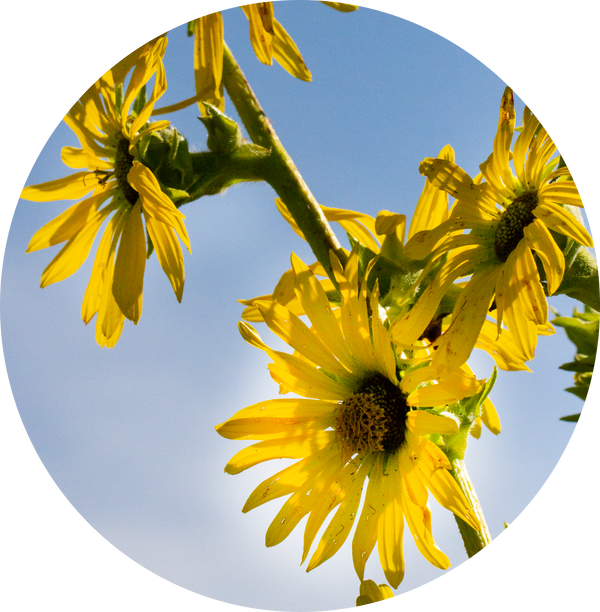Midwest Wilderness Connections Eco-briefs and Eco-sweeps

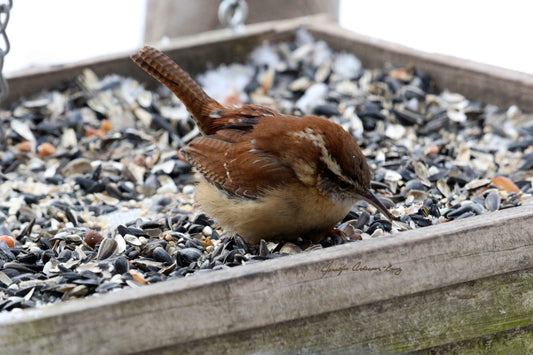
MWC Eco-brief: Carolina Wren
As an avid insectivore with a bill that cannot open most seeds, the Carolina wren depends heavily on winter birdfeeders offering suet, white proso millet, sunflower hearts, or peanuts. Just...
MWC Eco-brief: Carolina Wren
As an avid insectivore with a bill that cannot open most seeds, the Carolina wren depends heavily on winter birdfeeders offering suet, white proso millet, sunflower hearts, or peanuts. Just...
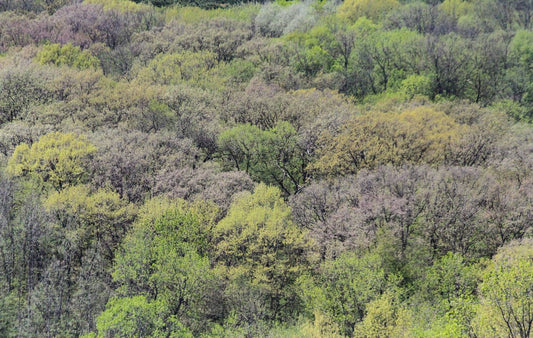
MWC Eco-brief: Spring has Arrived in the forest
The spring forest canopy can be as beautiful as its fall colors. Many migrating birds follow the opening of tree buds during spring migration. The opening of buds exposes lots...
MWC Eco-brief: Spring has Arrived in the forest
The spring forest canopy can be as beautiful as its fall colors. Many migrating birds follow the opening of tree buds during spring migration. The opening of buds exposes lots...
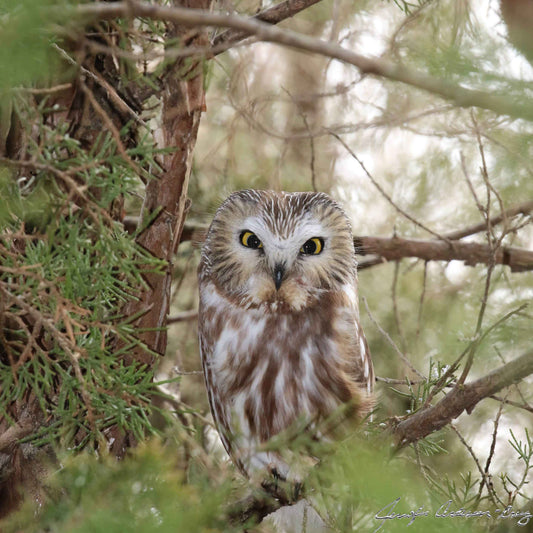
MWC Eco-sweep: Northern Saw-whet Owl & Identify...
The northern saw-whet owl is the Midwest's smallest owl species. It is a year round resident in the northern portions of the Midwest, but makes surprise visits further south during...
MWC Eco-sweep: Northern Saw-whet Owl & Identify...
The northern saw-whet owl is the Midwest's smallest owl species. It is a year round resident in the northern portions of the Midwest, but makes surprise visits further south during...
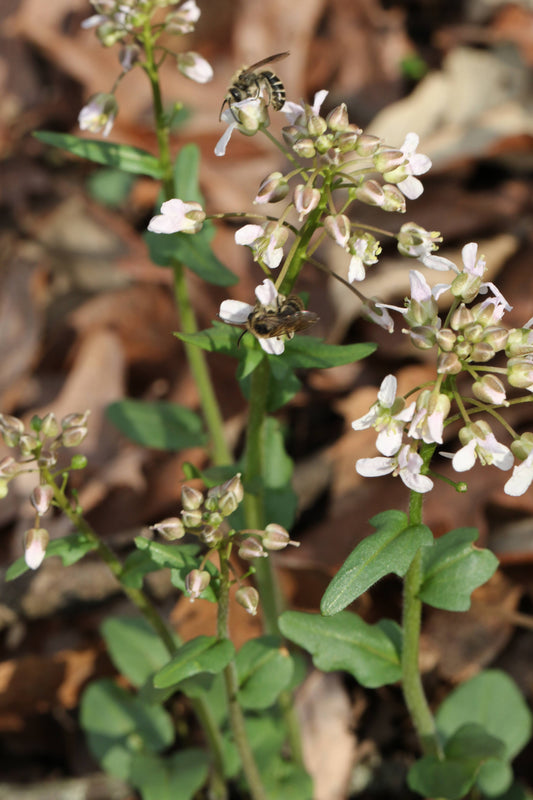
MWC Eco-brief: Cellophane Bees
Early spring wildflowers are incredibly important to native bees emerging from their overwinter retreats. Here, cellophane bees are feeding on purple cress (Cardamine douglassii). Cellophane bees are ground nesting bees....
MWC Eco-brief: Cellophane Bees
Early spring wildflowers are incredibly important to native bees emerging from their overwinter retreats. Here, cellophane bees are feeding on purple cress (Cardamine douglassii). Cellophane bees are ground nesting bees....
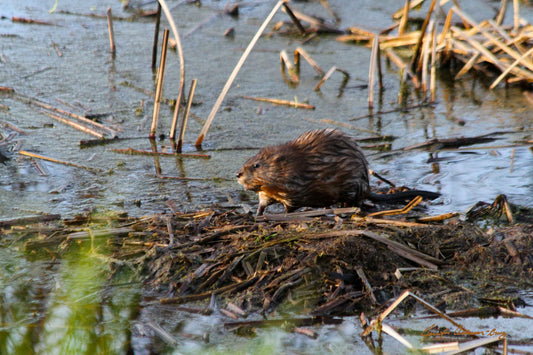
MWC Eco-sweep: Muskrat Maneuvers
Muskrats build huts in standing water by mounding mud and vegetation that is significantly elevated above the water level. A central chamber within the hut is located above the...
MWC Eco-sweep: Muskrat Maneuvers
Muskrats build huts in standing water by mounding mud and vegetation that is significantly elevated above the water level. A central chamber within the hut is located above the...
